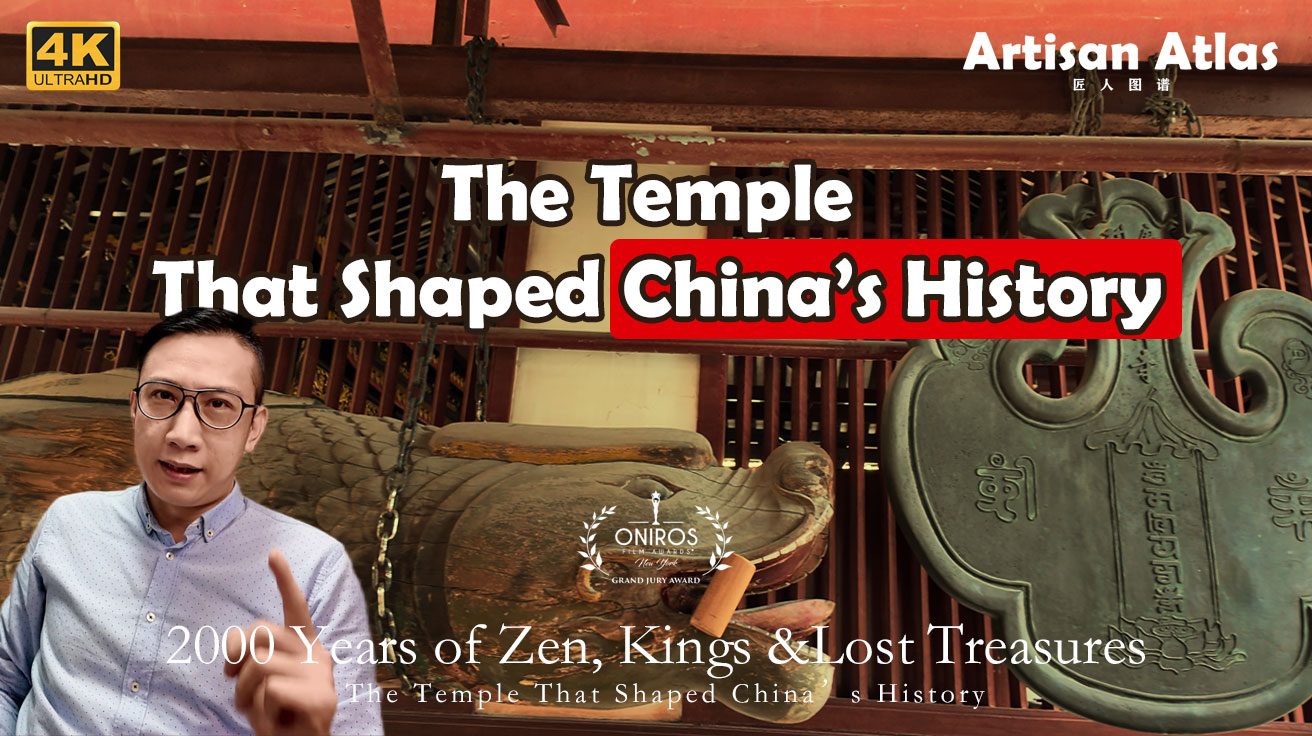This thousand-year-old temple, which is called “Guangxiao before Guangzhou” by the locals, is not only the birthplace of Lingnan Buddhism, but also a vivid history of Chinese cultural integration. Today, we will unveil the mystery of this ancient temple from the profound historical context and the vivid texture of humanities.
The story of Guangxiao Temple starts from the Nanyue Kingdom 2,200 years ago. This was the palace of Zhao Jiande, the grandson of Zhao Tuo, the King of Nanyue. During the Three Kingdoms period, Yu Fan, a famous scholar of the Eastern Wu, was demoted here and opened it to “Yuyuan”, where he planted a lot of Terminalia chebula trees, opening up the cultural genes of this land. In the fifth year of Long’an in the Eastern Jin Dynasty (401), the Indian monk Tanmoyesha came across the sea and built the Great Hall, officially laying the Buddhist foundation of Guangxiao Temple.
Although this existing double-eaved hip roof building was rebuilt in the Ming and Qing Dynasties, it retains the legacy of the Tang and Song Dynasties. Its spindle-shaped columns and inserted brackets are contrary to the “no more than one jump” system recorded in the “Yingzao Fashi”, but it has created a unique style of architecture in southern China. When it was expanded in the Southern Song Dynasty, the seven-bay layout made it the largest Buddhist temple in Lingnan, and the “Three Saints of Huayan” enshrined in the temple witnessed the deep integration of Han Buddhism and local culture.
In the first year of Yifeng in the Tang Dynasty (676), Huineng, the sixth ancestor of Zen Buddhism, left a mark here that rewrote the history of Chinese Buddhism. When two monks were arguing about “which is moving, the wind or the flag”, this woodcutter said the deafening “the heart of the benevolent is moved”. Master Yinzong shaved his head for him, and the abbot Facai built a pagoda to bury his hair. This octagonal seven-story brick pagoda is not only the birthplace of the Southern School of Zen Buddhism, but also marks a key turning point in the sinicization of Buddhism.
During the Southern Han Dynasty of the Five Dynasties, Guangxiao Temple ushered in the peak of art. The West Iron Pagoda (963) was cast by eunuch Gong Chengshu. Although only three floors remain after war, its relief carvings of thousands of Buddhas still show the exquisiteness of Southern Han statues; the East Iron Pagoda (967) records the grand scene of the emperor’s worship of Buddhism with the inscription “The Tenth Year of Dabao in Southern Han”. These two oldest iron pagodas in China are like solidified epics, telling the metal casting technology brought by the Maritime Silk Road.
In the long river of history, Guangxiao Temple has always been the intersection of Chinese and foreign cultures. In the Tang Dynasty, Tripitaka Yijing returned from his journey to seek Buddhist scriptures and translated the “Golden Light Sutra” here; Monk Jianzhen taught precepts in the temple before sailing to Japan; Master Hanshan of the Ming Dynasty gave lectures and integrated the concept of Zen and Pure Land dual cultivation into Lingnan culture. These dialogues across time and space have made Guangxiao Temple a core node for the spread of Buddhism on the Maritime Silk Road.
Among the more than 160 inscriptions in the temple, the “Record of the Buried Hair Pagoda” re-engraved in the Ming Dynasty is particularly precious. The inscription records the details of Huineng’s tonsure, which is mutually verified with the “Platform Sutra” and has become the first-hand material for studying the history of Zen Buddhism. The “Yuyuan Legacy” stele in the Yufan Temple reminds people that this was once the source of Lingnan Confucianism.
When dusk falls, the red walls of Guangxiao Temple become more solemn in the modern city. This is not only a religious holy place, but also a container of urban memory – it has witnessed the rise and fall of the Nanyue Kingdom, the prosperity of the Maritime Silk Road, the birth of Zen thought, and continues to write a new chapter of cultural integration in the contemporary era. As the couplet in the temple says: “Zen teachings are all over the world, this is the first blessed land; Gion is the first mountain in the mountains”, the story of Guangxiao Temple is still continuing.
This ancient temple writes history with architecture and nourishes the present with humanities. It is not only a cultural landmark in Guangzhou, but also a microcosm of the inclusiveness and symbiosis of Chinese civilization.

